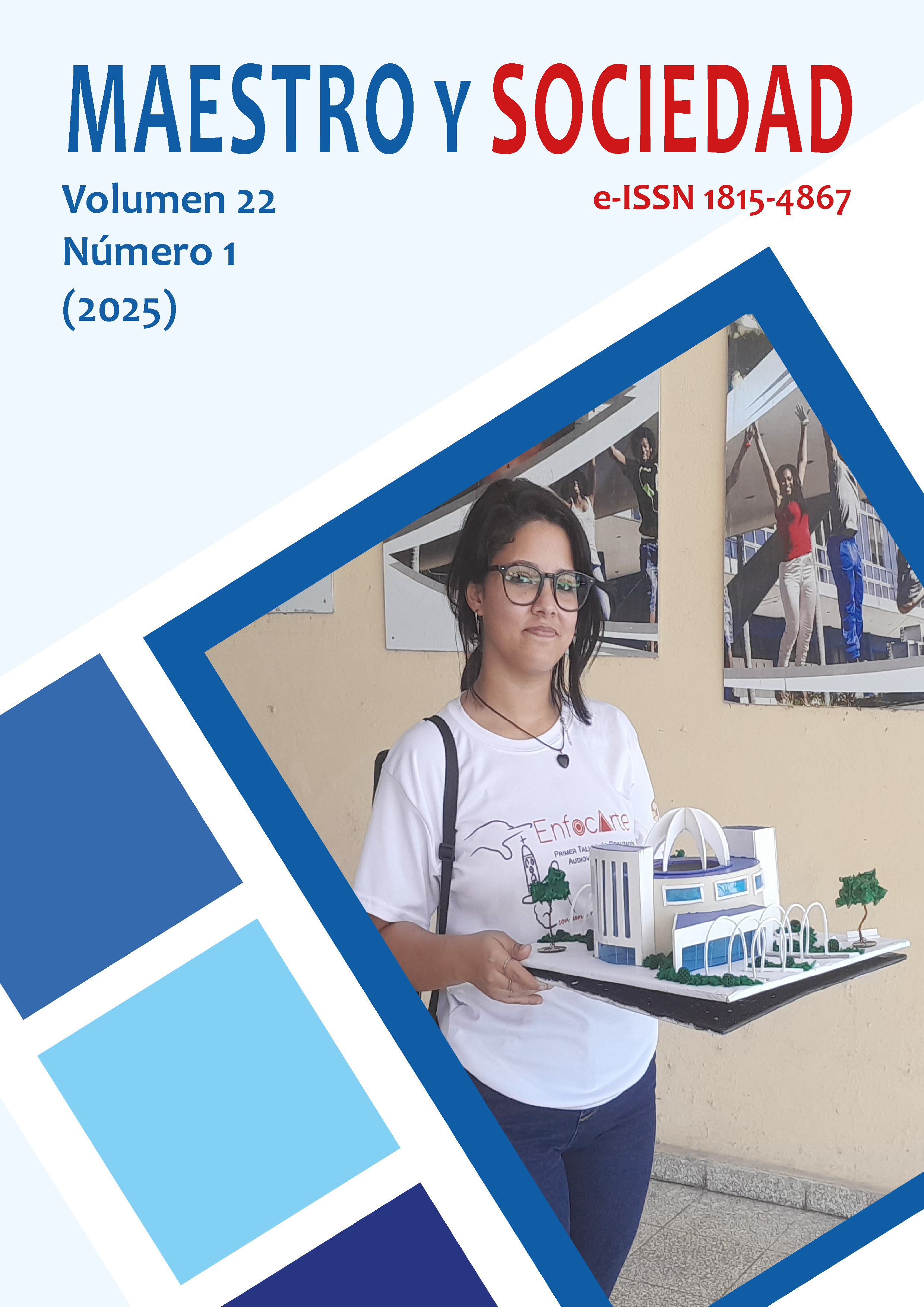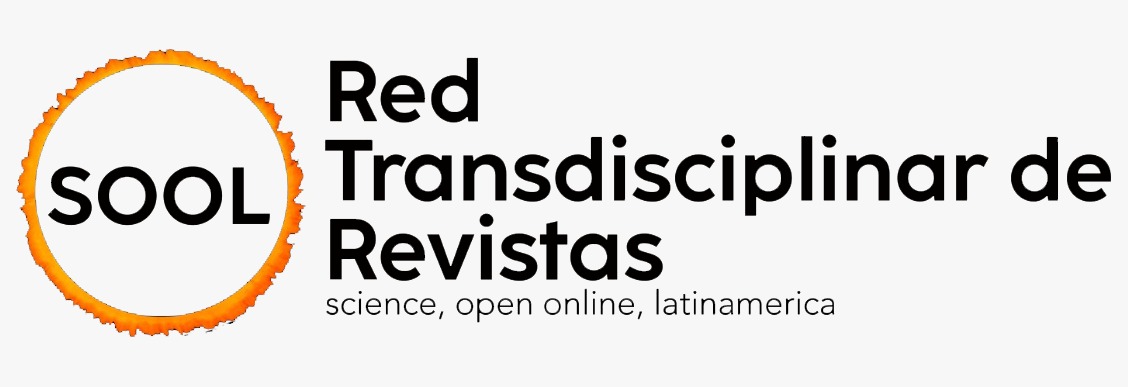Neuromuscular training for the prevention of injuries in sports
Keywords:
neuromuscular training, injury prevention, sportsAbstract
Introduction: Sports injuries have been progressively increasing, negatively affecting professional and amateur athletes. In this context, preventive programs have gained importance when applied to reduce the incidence and severity of injuries. Among them, neuromuscular training (NMT) stands out, as it has been shown to be beneficial by covering various aspects such as motor control, strength, and stability, which are predisposing factors in reducing the injury rate. The objective of this review is to evaluate the effectiveness of neuromuscular training in the prevention of sports injuries, analyzing its impact on different sports. Materials and methods: A systematic review was carried out following the PRISMA guidelines, using databases such as PubMed, Science Direct, Cochrane Library, and PEdro. The search was limited to articles published between 2020 and 2025. The methodological quality of the studies was evaluated using the PEDro scale, considering studies with scores ≥6 as good quality. Results: The main findings demonstrated that NMT significantly reduces the incidence of lower extremity injuries. Among the most notable results: In basketball, the "SHRed Injuries" program reduced ankle and knee injuries by 36% in both supervised and unsupervised groups. In youth soccer, a 32% decrease in acute non-contact injuries was observed. Discussion: Furthermore, NMT was shown to be beneficial in the rehabilitation of athletes with anterior cruciate ligament (ACL) reconstruction, improving knee flexion angles during landing. Conclusions: However, limitations were identified, such as heterogeneity in study designs and a lack of standardization in NMT protocols.
References
Cofré-Fernández V, Burgos-Estrada N, Meneses-Hermosilla V, Ramirez-Campillo R, Keogh JW, Gajardo-Burgos R. (2023). Effects of a specific injury prevention neuromuscular training program for young female dancers. A randomized-controlled trial. Research in Sports Medicine; 31(2):90–100.
Emery CA, et al. (2022). The “SHRed Injuries Basketball” Neuromuscular Training Warm-up Program Reduces Ankle and Knee Injury Rates by 36% in Youth Basketball. Journal of Orthopaedic and Sports Physical Therapy, 52(1):40–8.
Hilska M, et al. (2021). Neuromuscular Training Warm-up Prevents Acute Noncontact Lower Extremity Injuries in Children’s Soccer: A Cluster Randomized Controlled Trial. Orthop J Sports Med., 9(4).
Hilska M, et al. (2021). Adherence to an injury prevention warm-up program in children’s soccer—a secondary analysis of a randomized controlled trial. Int J Environ Res Public Health, 18(24).
Hsu J, et al. (2024). Independent data collectors decrease bias in the measurement of adherence to anterior cruciate ligament injury prevention programs. Journal of ISAKOS; 9(3):309–13.
Ling DI, et al. (2023). A Controlled Trial of the Effects of Neuromuscular Training on Physical Performance in Male and Female High School Athletes. Sports Health.;15(3):386–96.
Long KL, Milidonis MK, Wildermuth VL, Kruse AN, Parham UT. (2021). The impact of dance-specific neuromuscular conditioning and injury prevention training on motor control, stability, balance, function and injury in professional ballet dancers: A mixed-methods quasi-experimental study. Int J Sports Phys Ther.;16(2).
Nagelli C V., Wordeman SC, Di Stasi S, Hoffman J, Marulli T, Hewett TE. (2021). Neuromuscular Training Improves Biomechanical Deficits at the Knee in Anterior Cruciate Ligament-Reconstructed Athletes. Clinical Journal of Sport Medicine.; 31(2):113–9.
Paravlic AH, et al. (2024). The effectiveness of neuromuscular training warm-up program for injury prevention in adolescent male basketball players. J Sports Sci. 2024;
Patterson BE, et al. (2022). Evaluation of an injury prevention programme (Prep-to-Play) in women and girls playing Australian Football: design of a pragmatic, type III, hybrid implementation-effectiveness, stepped-wedge, cluster randomised controlled trial. BMJ Open. 2022 Sep 14;12(9).
Petushek EJ, Mørtvedt AI, Nelson BL, Hamati MC. (2021). The effect of a brief, web-based animated video for improving comprehension and implementation feasibility for reducing anterior cruciate ligament injury: A three-arm randomized controlled trial. Int J Environ Res Public Health.; 18(17).
Rahlf AL, Zech A. (2020). Comparison of 10 vs. 20 min neuromuscular training for the prevention of lower extremity injuries in male youth football: A cluster randomised controlled trial. J Sports Sci.; 38(19):2177–85.
Stojanović E, Terrence Scanlan A, Radovanović D, Jakovljević V, Faude O. (2023). A multicomponent neuromuscular warm-up program reduces lower-extremity injuries in trained basketball players: a cluster randomized controlled trial. Physician and Sportsmedicine; 51(5):463–71.
Vähi I, Rips L, Varblane A, Pääsuke M. (2023). Musculoskeletal Injury Risk in a Military Cadet Population Participating in an Injury-Prevention Program. Medicina (Lithuania); 59(2).
Zhao W, Wang C, Bi Y, Chen L. (2021). Effect of Integrative Neuromuscular Training for Injury Prevention and Sports Performance of Female Badminton Players. Biomed Res Int.
Published
How to Cite
Issue
Section
License
Copyright (c) 2025 Erika Isabel Salinas Lascano

This work is licensed under a Creative Commons Attribution-NonCommercial-NoDerivatives 4.0 International License.
This journal provides immediate open access to its content, based on the principle that offering the public free access to research helps a greater global exchange of knowledge. Each author is responsible for the content of each of their articles.



























 Universidad de Oriente
Universidad de Oriente 